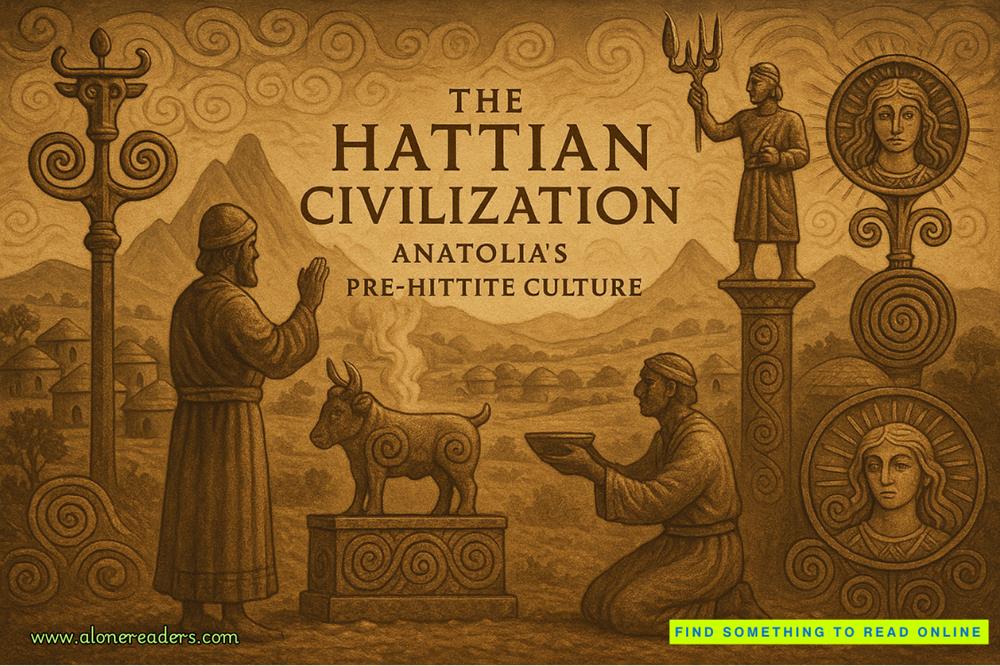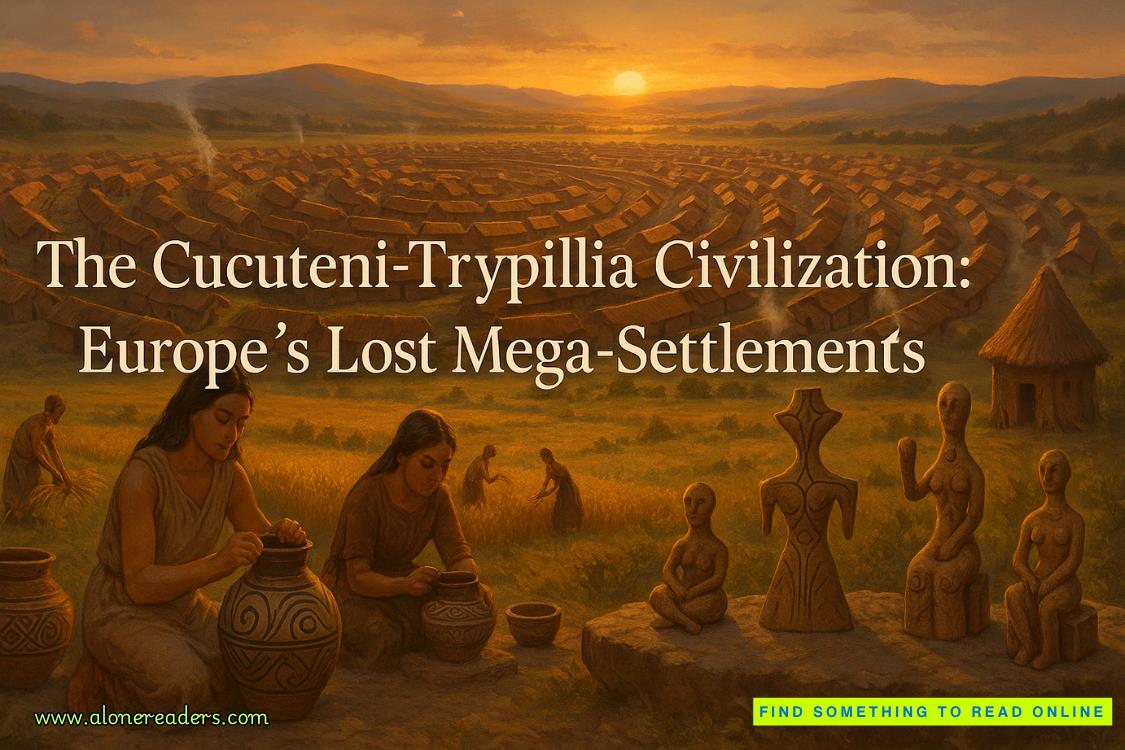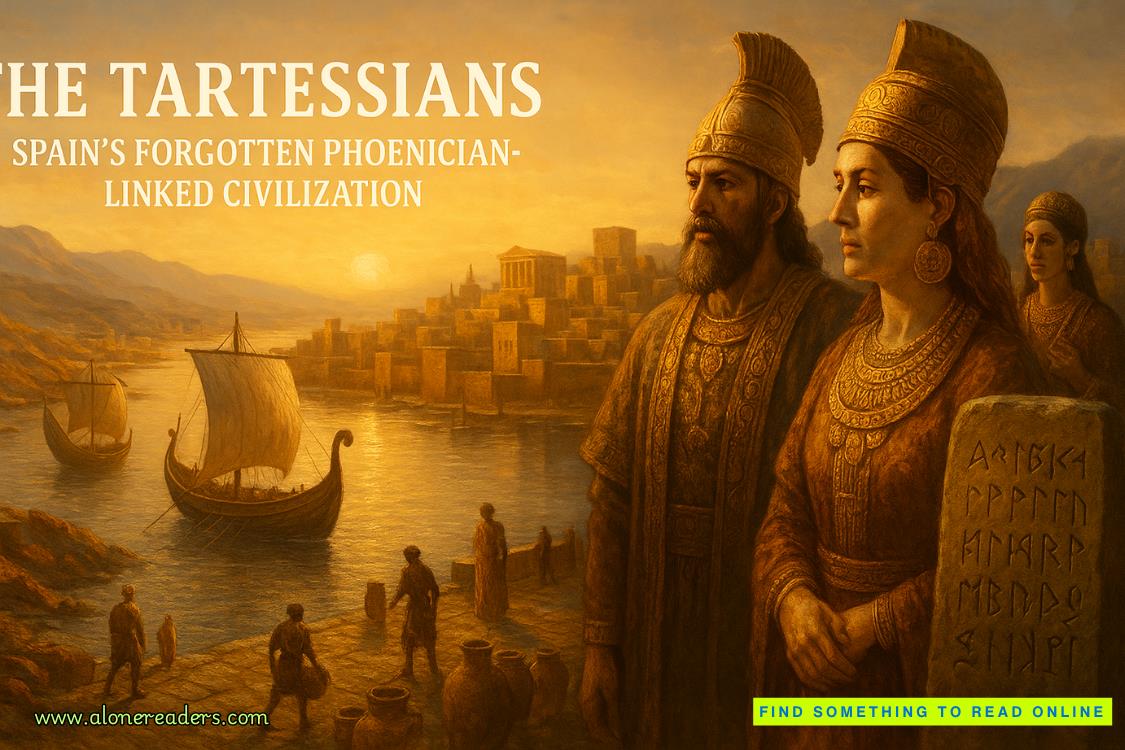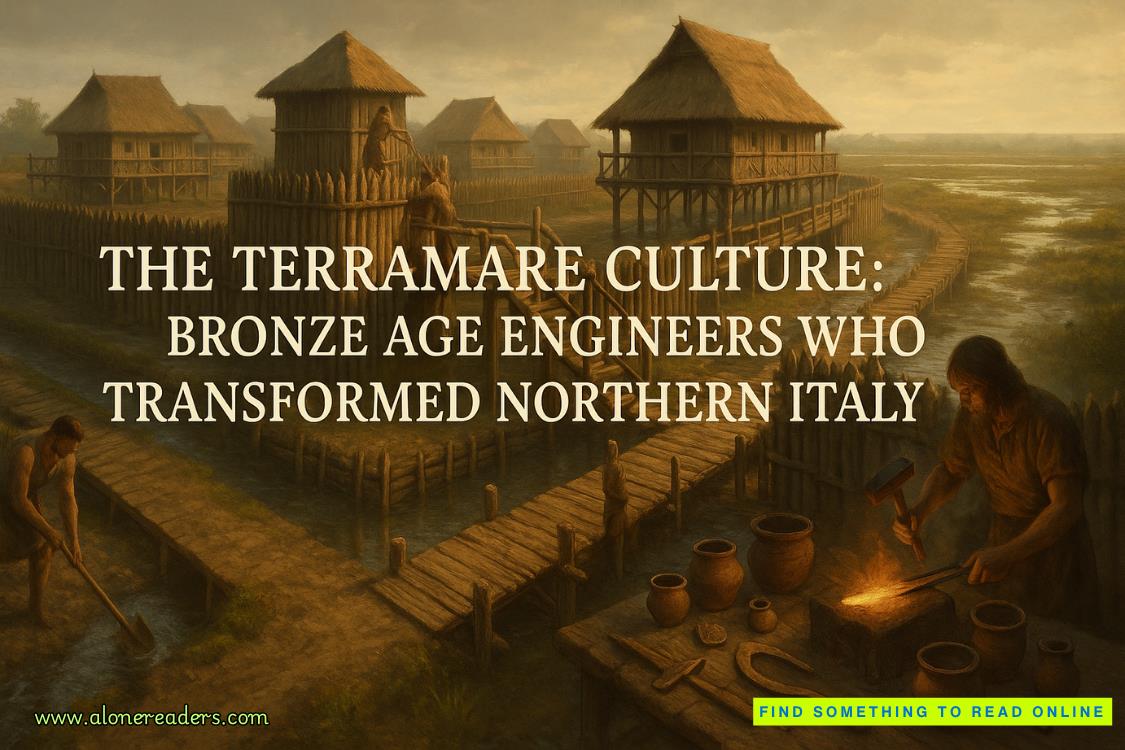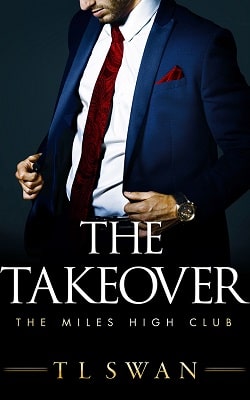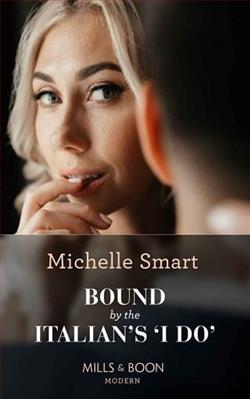“How many archaeologists were presumed killed in that plane crash?” Juan asked.
“Seven,” Eric said. “Five men and two women.”
Julia bent over to examine the remains.
“Based on the body size, clothes, and jewelry,” she said, “I’d say there are five men and two women here.”
“Were they eaten?” Sylvia asked as she filmed them for Murph to see.
Julia nodded. “Picked clean by dingos or other scavengers that got into the cave after they were already dead.” She pointed at several broken rib bones. “These people were shot.”
Juan picked up a spent rifle shell that was among the clothes of one of the victims.
“More like executed,” he said.
“It makes me sick to think I worked for anyone involved in this,” Parsons said, turning away from the carnage.
“What does this all have to do with the poison gas?” Julia asked.
“Maybe it’s related to this writing.” Parsons pointed at the cave wall.
Juan turned his light on the stony surface, and deep etchings came into view. He’d been expecting some aboriginal art or primitive drawings. Instead, it was lettering.
He stepped closer. Not only was the writing made up of letters, they were recognizable as the Latin alphabet. There were rows and rows of the letters, carved neatly into the rock.
Juan traced the writing to its starting point and saw a single line at the beginning set apart from the others.
AUC DCCII.
“Murph, are you getting this?” Juan asked as he motioned for Sylvia to focus her camera on it.
“I’m looking up the translation now.”
“If these are Latin letters,” Eric said, “the last part could be a number.”
“Seven hundred and two?” Julia asked. “Seven hundred and two what?”
“I found something for AUC,” Murph said. “It stands for ab urbe condita. That’s Latin for ‘from the founding of the city.’”
“What city?” Parsons asked.
“Rome,” Murph said. “It’s how they wrote years.”
“The number of years since the founding of Rome?” Julia said in astonishment. “You mean this is Roman writing?”
“What is AUC 702 in our years, Murph?” Juan asked.
“Rome was founded in 753 B.C. If that date on the wall is to be believed, the conversion means that the writing dates from 51 B.C. You’re looking at evidence of a Roman settlement in Australia older than the Colosseum.”
FORTY
Translating the writing was a tedious process because the letters were strung together without gaps in the tradition of ancient Roman writing. Normally, it would take mere seconds for the computer to give the English interpretation, but it wasn’t programmed to tell where words began and ended. With Sylvia and Eric’s help, Murph i
nput the letters manually, segmenting them into words that were translated one at a time.
In the meantime, Juan, Julia, and Parsons conducted a thorough search of the cave for any other information or relics. They came up empty-handed.
“How could these archaeologists know that the etchings are authentic?” Julia wondered as she ate one of the sandwiches they’d brought along with them. “Someone could have been playing a prank. It’s happened before.”








